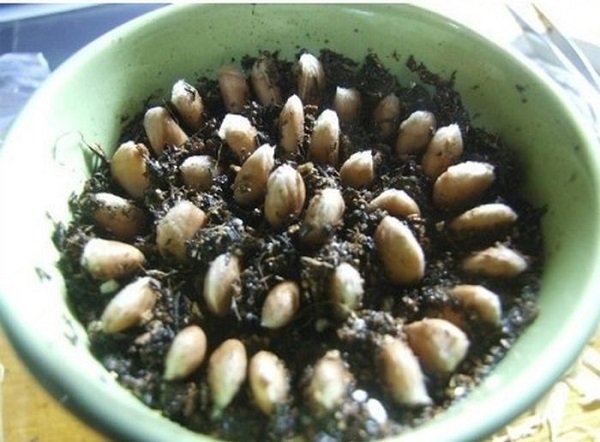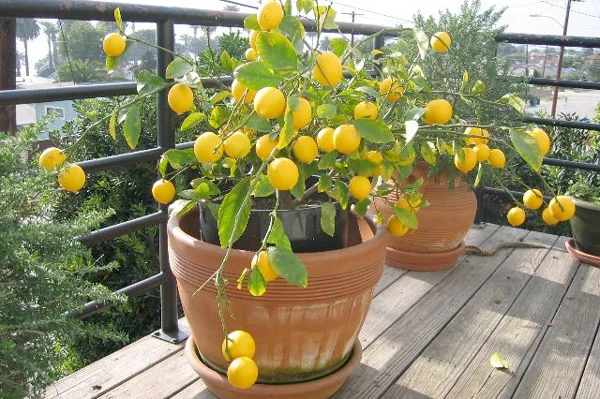Embracing the wonders of nature, a small seed can transform into a majestic tree. If you have a penchant for lemons and envision a thriving lemon tree in your home, the journey begins with planting a lemon seed. Exercise patience, nurture your seedling from its inception, and anticipate years before it graces you with blossoms – perseverance is key!
Consider starting with lemons before experimenting with grapefruit, as lemons are relatively undemanding, making them an ideal choice for cultivation.
Steps:
1. Preparation:
- Extract the larger seeds from the fruit, gently remove the membrane layer, and soak them for 6-7 days, changing the water daily.
2. Germination:
- Once signs of life emerge from the seeds, proceed to planting.
3. Potting:
- Place small pebbles at the pot’s base and fill it with moist soil. Plant the seeds by inserting their pointed ends into the soil, maintaining a 5 mm distance between them.

4. Covering and Watering:
- Sprinkle a thin layer of sand or gravel over the planted seeds. Water every two days, and consider wrapping the pot in aluminum foil to stimulate germination. With luck, small shoots should appear within a week.
5. Transplantation:
- After 3–5 months, transplant the seedling into a larger pot.
6. Care and Pruning:
- Lemon trees thrive in a moist environment with moderate sunlight. Prune shoots in spring to enhance flowering and overall development. In autumn, expect leaf shedding; bring the tree indoors during cold months for fruit-bearing potential. When warmth returns in spring, relocate it outdoors to enjoy on your terrace or garden.
Note:
- To induce fruit-bearing, grafting is essential. Seek the expertise of a horticulturist or horticultural engineer to perform the grafting process, allowing your tree to yield not only lush foliage but also delightful yellow fruits.
Show Comments




